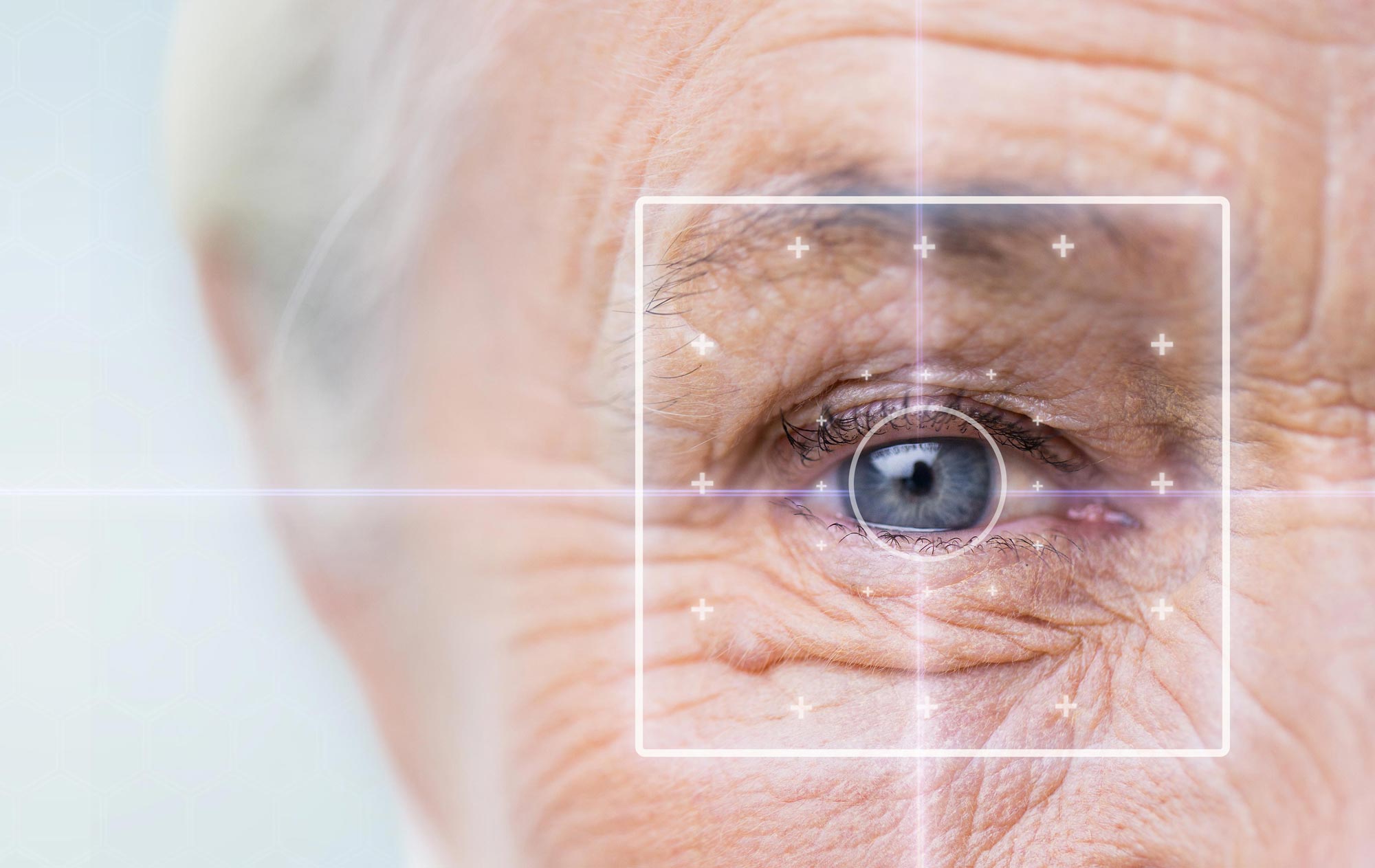Laser Cataract Surgery
Laser Cataract Surgery vs Traditional Cataract Surgery: Which One is Right For You?
Most patients who are planning to have cataract surgery are given two surgical options: traditional cataract surgery or laser-assisted cataract surgery.
Traditional cataract surgery is one of the most common surgeries in the world. It is recognized as being safe and effective. Laser cataract surgery, which is not covered by most insurance plans, costs more than traditional cataract surgery and may provide some advantages in terms of precision and consistency—in the proper situation. So how do you decide which type of cataract surgery to have?
Here are some things you should understand about both kinds of cataract surgery.
How is traditional cataract surgery done?
With traditional cataract surgery, called phacoemulsification, the eye surgeon creates a small incision in the side of the cornea by hand with a scalpel blade. An instrument is inserted through this incision into the area behind the pupil where the eye’s lens sits in a capsule or bag. The surgeon uses the microsurgical instrument to create a circular opening in the lens capsule. Then a special pen-shaped probe is inserted through that opening to apply sound waves (ultrasound) to break up the cloudy center of the lens. Then the broken-up pieces of lens are suctioned out of the eye. An artificial intraocular lens (IOL) is implanted to replace the cloudy natural lens. The side walls of the corneal incision will be filled with a special liquid and self-seal after surgery, so most commonly stitches are not needed.
How is laser-assisted cataract surgery done?
With laser-assisted cataract surgery, a camera/ultrasound imaging device is placed over your eye to map its surface and gather information about the lens. The device sends detailed information to a computer that programs the laser for the exact location, size and depth of the incisions. The surgeon uses the laser to make the corneal incision and the opening in the lens capsule. Energy from the laser may also be used to soften the cataract. Then the ultrasound probe used in traditional cataract surgery is used to break the lens into pieces and suction them out of the eye. The IOL is implanted. As with traditional cataract surgery, the corneal incision usually does not require stitches.
Who can be offered laser-assisted cataract surgery?
Under today’s Medicare guidelines, only certain patients may be offered laser-assisted cataract surgery.
Specifically, your ophthalmologist can offer it if you have astigmatism diagnosed during your cataract consultation and would like to have that refractive error corrected during cataract surgery. In this situation, the laser is used to create specific incisions in the cornea to reshape it, treating the astigmatism.
You may also be offered laser cataract surgery if you choose to have a premium lens implanted, such as an astigmatism-correcting toric IOL or a multifocal IOL. Ophthalmologists who use laser cataract removal technology explain that it allows them to see and map the lens capsule better and place the opening in the capsule more precisely, allowing for better centering of the IOL.
Can you choose to have laser-assisted cataract surgery if you don’t have either of the conditions above?
Current Medicare guidelines say that a surgeon may not offer and charge for the laser-assisted cataract surgery unless one of the two conditions above is met.
Which type of cataract surgery has a shorter recovery time?
The recovery period for both laser-assisted cataract surgery and traditional cataract surgery is the same. Some people can see clearly almost immediately, while others may find their vision clears within about a week or two. Remember that it takes about 3 months to fully recover from cataract surgery.
What benefits does laser cataract surgery offer that traditional cataract surgery does not?
Using a laser to do cataract surgery allows the surgeon to make very precise incisions in less time. It can improve accuracy and consistency in the surgical steps. And in some cases, laser-assisted cataract surgery can provide a higher degree of correction for a refractive error, such as astigmatism, than traditional cataract surgery.
However, it is important to be aware that studies have not shown that laser-assisted cataract surgery results in fewer complications or better visual outcomes than traditional cataract surgery. With any type of cataract surgery, your outcome depends in large part on the skill and experience of your eye surgeon.
What do you want from cataract surgery?
For some people, simply replacing a cloudy lens with a clear implant and wearing glasses for some activities is perfect. For others, achieving the best possible vision without glasses after cataract surgery is the goal. Your vision needs and expectations can help you and your ophthalmologist decide the best surgical option for you.

